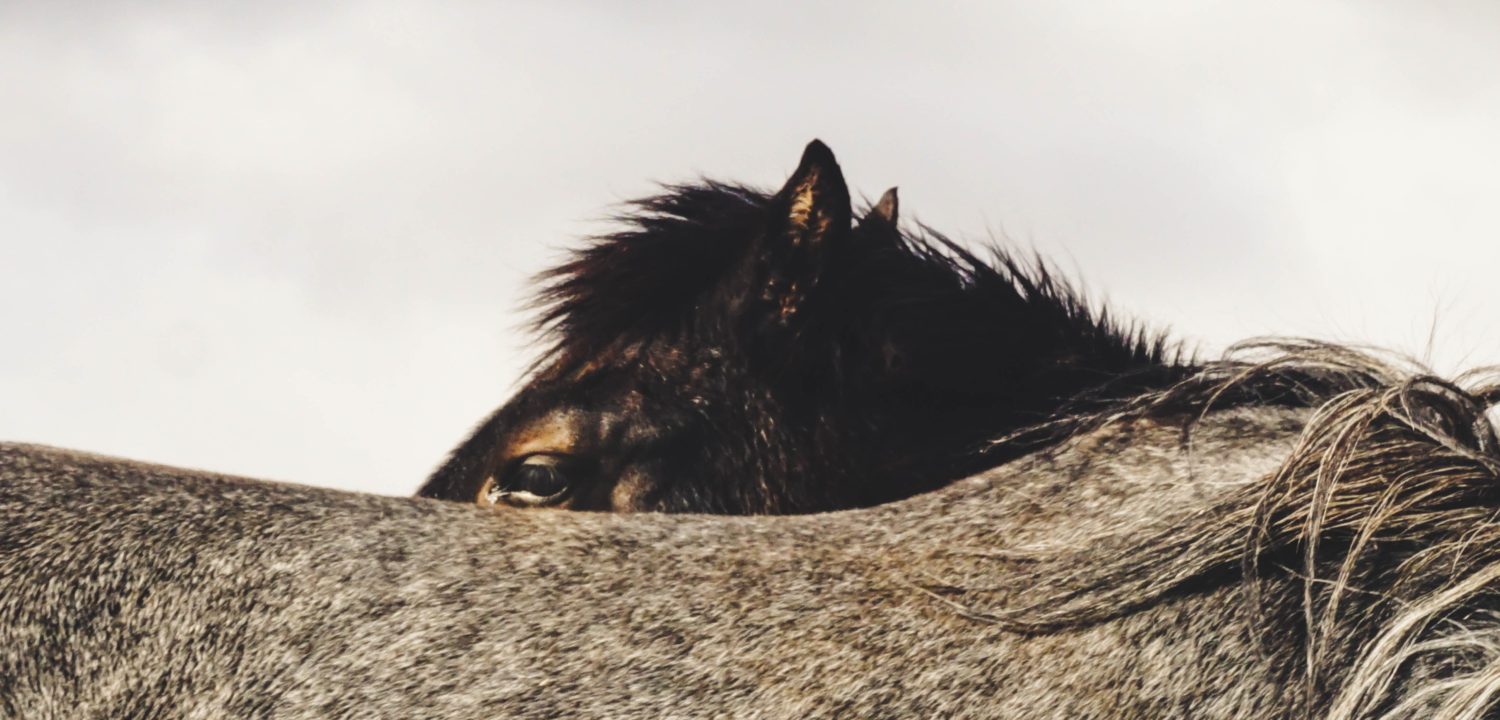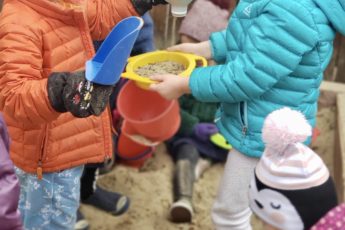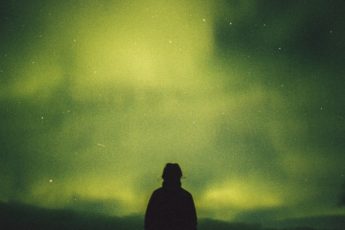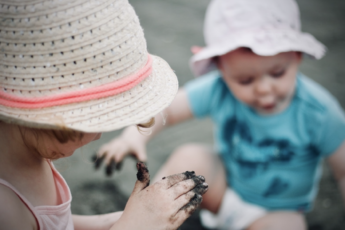All the bad guys are Black
The play had been ‘chasing the bad guys’ all morning; rife with shooting, shoving, playing dead, etc… While making the supervising adults feel uncomfortable, for the most part it was cooperative. Someone would shout, “pause the game” and everyone would stop and listen. One child volunteered to be the ‘bad guy’ and everyone ran after him. Once captured, he would be ‘dead,’ and they would drag his limp body into the dome climber jail.
After a bit, the play moved to the sandbox where we had Breyer horses, people, shovels, and buckets. The same group of children worked on burying a black stallion in the sand. “The black horse is the bad guy!” Not one to intervene in play, but more motivated to find out more, I inquired, “I wonder why the black horse is the bad guy…”
“Because he’s Black!” Another peer replied, “All bad guys are Black!”
My little feminist heart crumpled… My minor in graduate school was women studies – I know about the intersection of race, gender, socioeconomic status, ability, sexual orientation, ability, etc… One of the pillars of our progressive preschool is an ‘anti-bias multicultural educational’ approach. I am intentional about the books we bring into our screen-free classroom, the wall displays, the skin tones of our baby dolls, and the use of mindful and socially aware language.
How could a child in my preschool declare that all bad guys are Black?!?
Initial horror aside, it’s time to reflect… What images are children exposed to on a daily basis? Where do those images originate? Who is doing the socializing and what interest do they have in creating socially aware and compassionate human beings?
I think back to the story of Swimmy by Leo Leonni. The little fish all work together to scare away the big, black fish. In the end, they are successful and the evil fish swims away “scared, lonely, & very sad.” In How to Train Your Dragon II, the cast is all White with the exception of the dark-skinned villain. In old western films, the good guys wear the white cowboy (or cow-person, if you use gender-neutral language) hats and the bad guys wear the black hats.
What can I do? What can we do?
We live in a community that was over 91% White in our last Census, with African Americans comprising less than 0.5% of our population. Yes, that is less than ONE percent! Likely, the children in my program don’t see any real-live people who are Black on a regular basis. When they do, who are the Black people they see? Who has dark skin? The women cleaning their hotel rooms in Palm Springs? The taxi driver in Mexico? The person pushing a shopping cart at the freeway off-ramp on their trip to the big city? The man playing football on the TV? The ‘bad guy’ in their shows, games, and books?
Yes, our tan, tawny, terra cotta, and mahogany dolls outnumber our peach dolls. Our wall visuals represent people of varying races, abilities, faiths, genders, and relationships. We use person-first language (i.e., The person who was Black vs. the Black man). But there have been so few opportunities in their short 60 months on Earth to challenge those naïve assumptions that “all bad guys are Black.”
We need to ask questions without judgement… We need to provide children with a culturally rich environment that does not appropriate or tokenize the very people we claim to be studying or exploring… We need to not shut down their developmentally appropriate musings with, “that’s not nice!” We need to explore and listen and provide alternatives… Because as their parents, educators, and care providers, we have the power to be a greater socializer than the media. Because not all bad guys are Black and not all guys are bad… Sometimes there are just people who make poor choices… Let’s not add ourselves to that list in avoiding the tough work of cultivating open, aware, and compassionate human beings.




